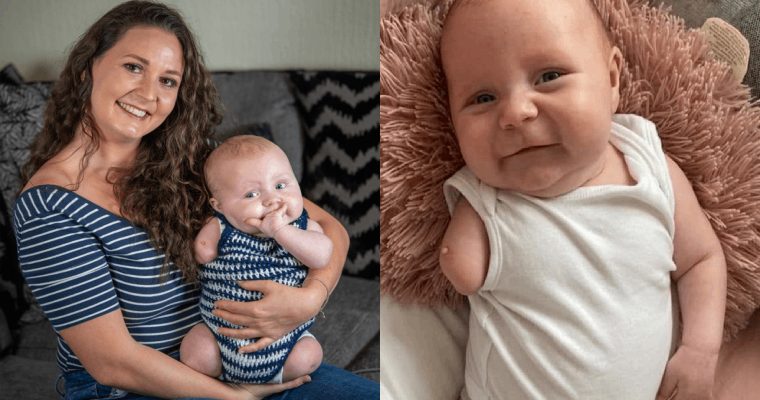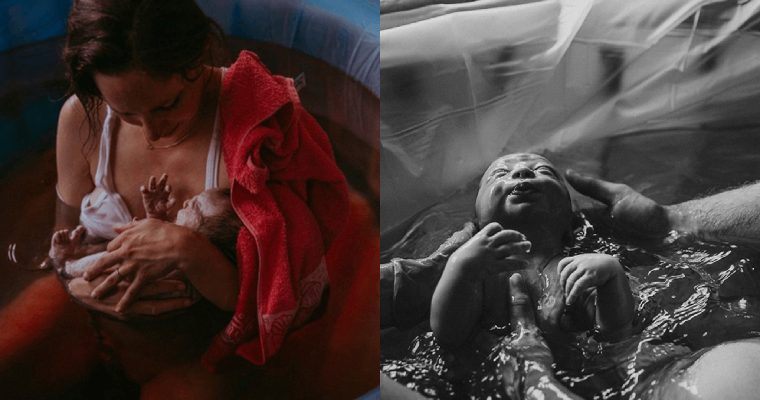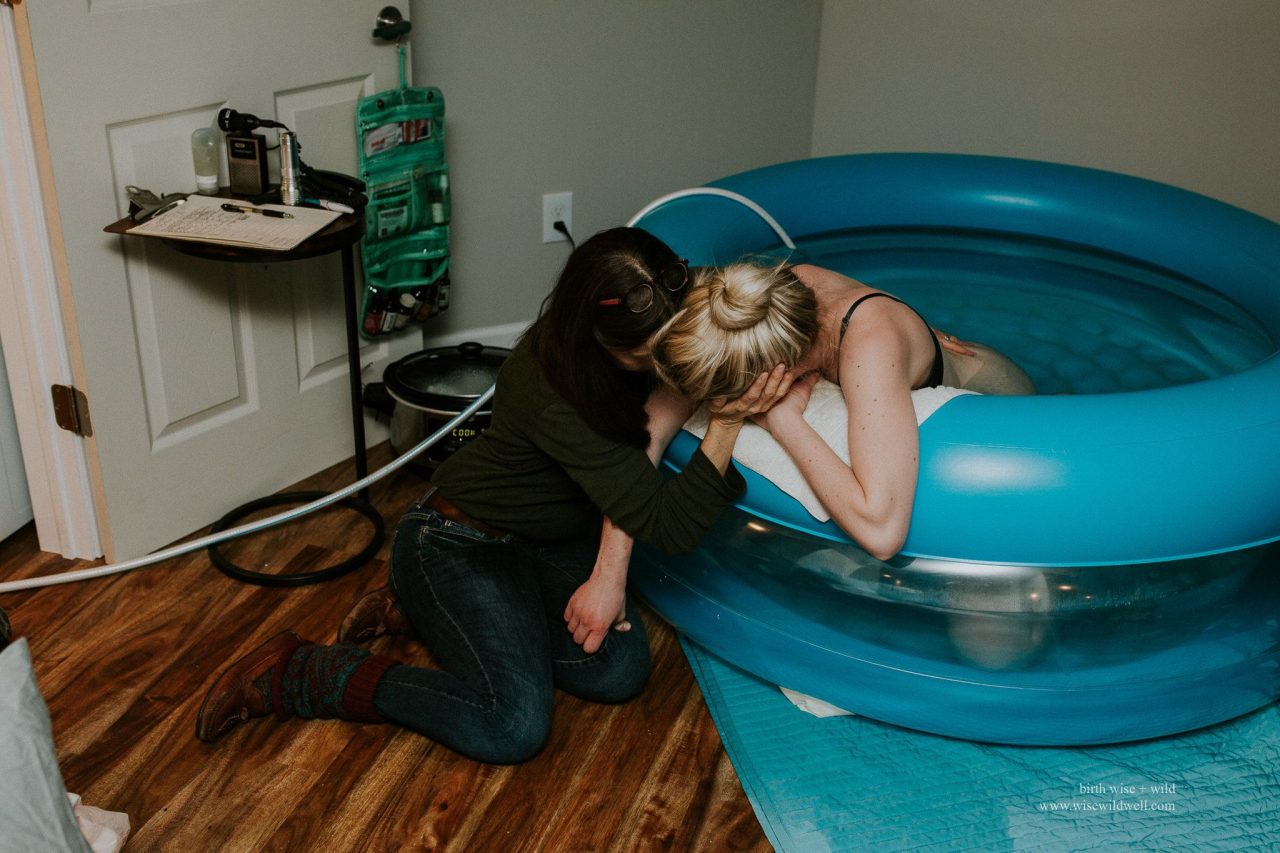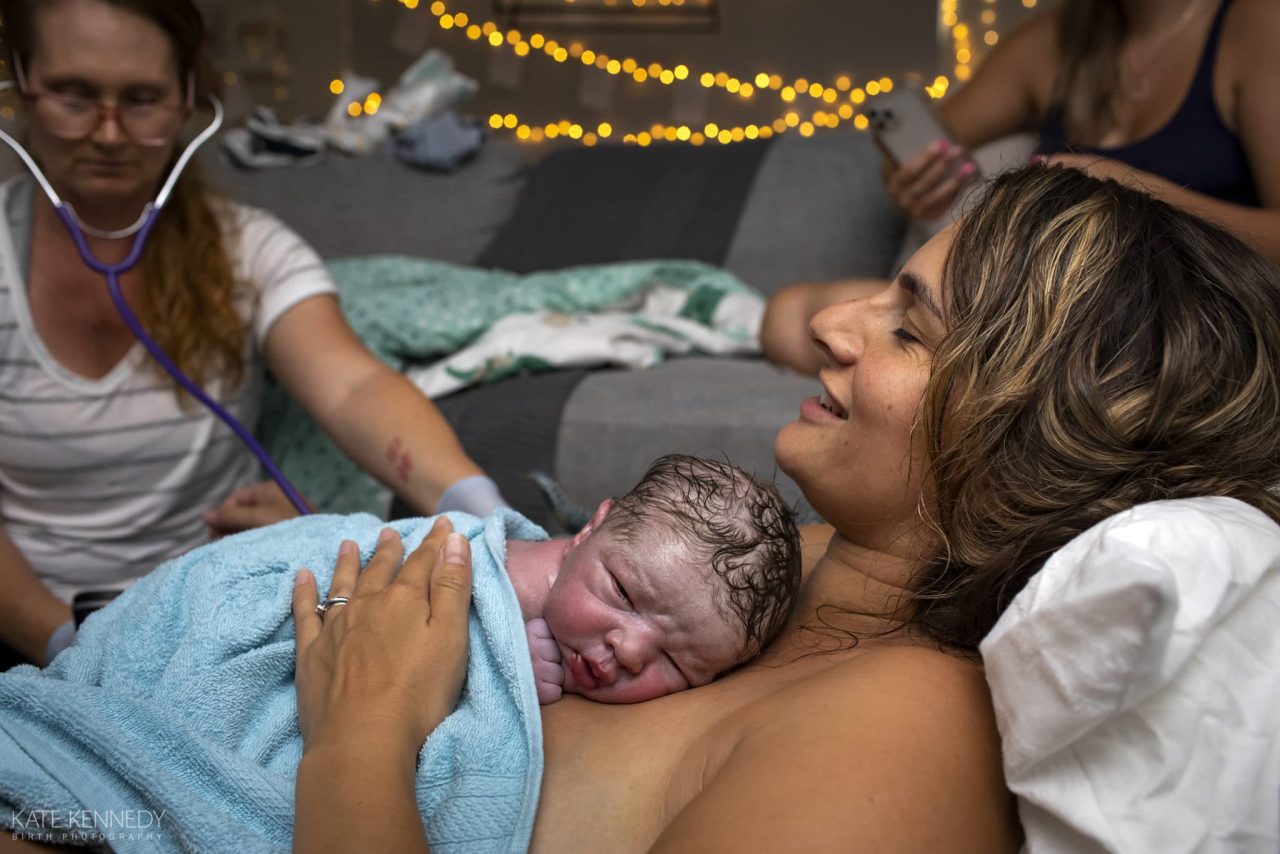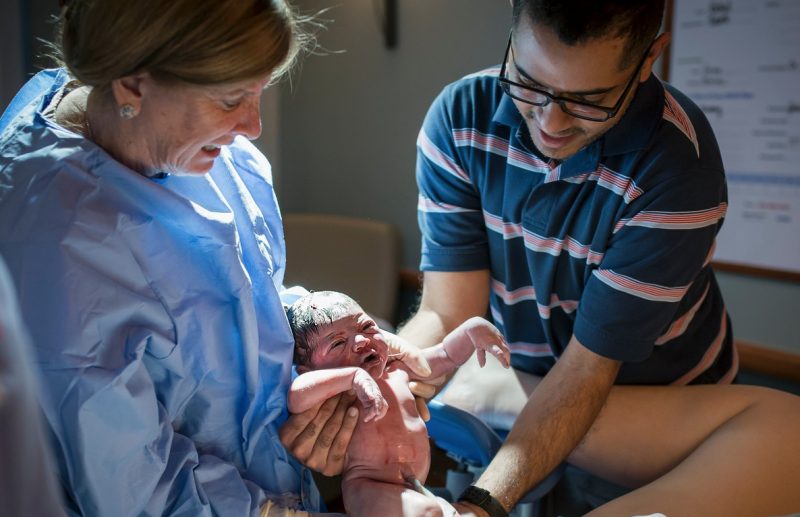“It felt almost impossible to separate them, but God and the doctors and nurses at UC Davis made it possible,” mom Liliya Miroshnik said of her daughters Abigail and Micaela.

Two baby girls who were conjoined at their heads were successfully separated in what medical professionals are calling a “landmark surgery.”
The medical staff at UC Davis Children’s Hospital in Sacramento successfully performed the 24-hour surgery on the sisters, Abigail and Micaela Bachinskiy, last Saturday and Sunday, according to a press release from the hospital.
The 9-month-old sisters — who were born connected at the head, an extremely rare condition known as craniopagus twins — are now recovering while their parents, Liliya Miroshnik and Anatoliy Bachinskiy, are counting their blessings, the hospital said.

“This is a landmark surgery for us at UC Davis Children’s Hospital,” Dr. Michael Edwards, lead pediatric neurosurgeon, said in a statement. “Abigail and Micaela are doing well and recovering in our Pediatric Intensive Care Unit, thanks to an amazing team effort dedicated to ensuring these very rare twins have the best shot at a healthy life ahead.”
Added mom Miroshnik, 33: “Everything went well. It felt almost impossible to separate them, but God and the doctors and nurses at UC Davis made it possible. We are so thankful.”
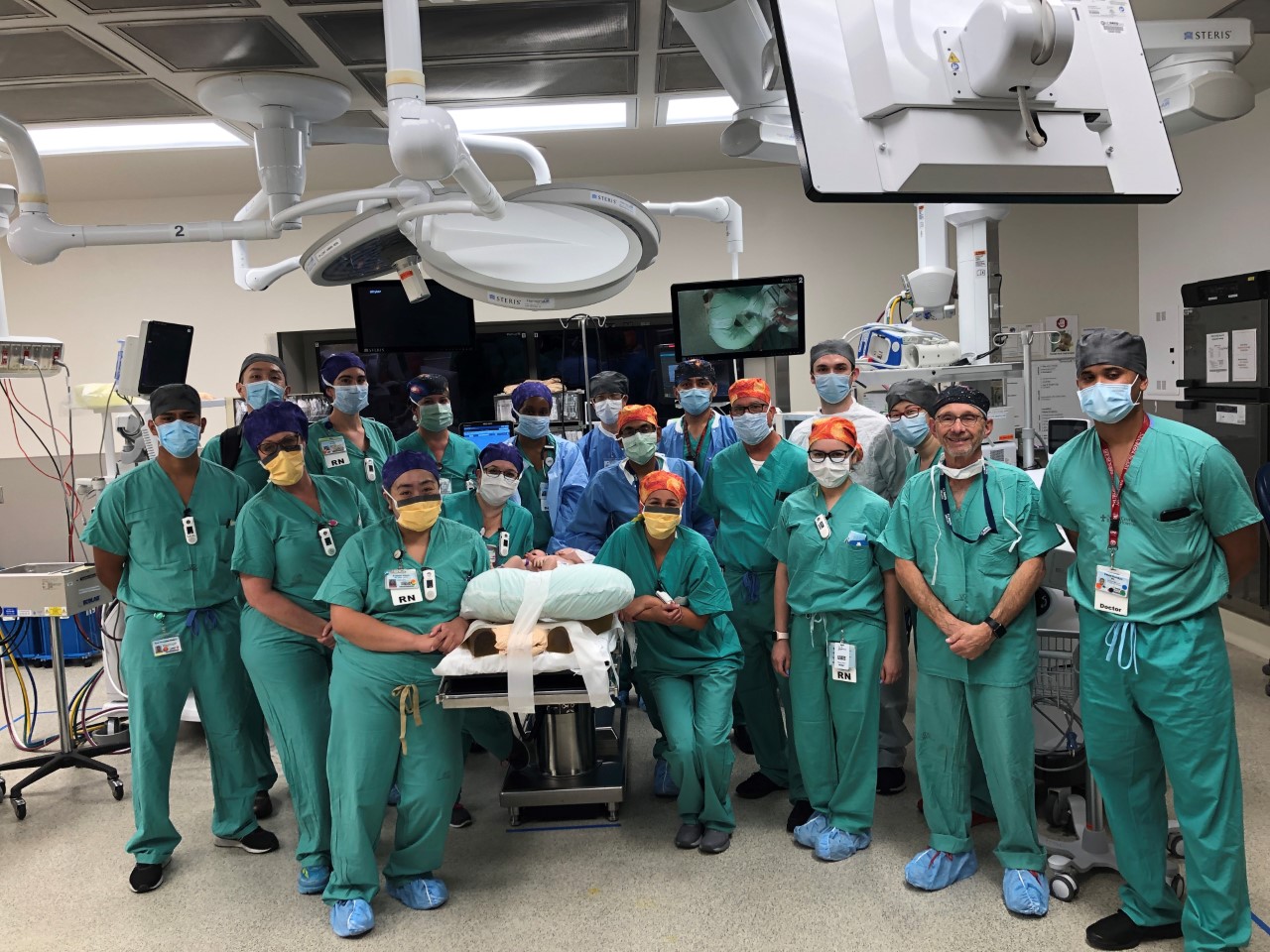

According to the hospital, Miroshnik learned her daughters were conjoined at the head when she was 11 weeks pregnant.
At the time, Miroshnik — who was already a mother to three boys — had trouble grasping the news but found comfort in her husband, who reassured her that everything would work out, NBC affiliate KCRA reported.
“It was very tough. I just was shocked. I couldn’t process,” Miroshnik recalled to the outlet. “When I got home my husband said that everything will be good. We will get through it. This is our kids. We already love them.”
The North Highlands mom was referred by her doctor to the UC Davis Fetal Care and Treatment Center, where she began to receive extensive prenatal care, learn more about her daughters’ condition and prepare for their arrival, according to the hospital.
UC Davis said their medical teams also prepared for the twins’ delivery by practicing nearly every simulation and scenario in anticipation of the “numerous possible risks” that the girls could face.
On Dec. 30, Abigail and Micaela made their entrance into the world. Following their birth, the twins were admitted to the hospital’s Neonatal Intensive Care Unit (NICU) and spent seven weeks there before going home, the press release stated.
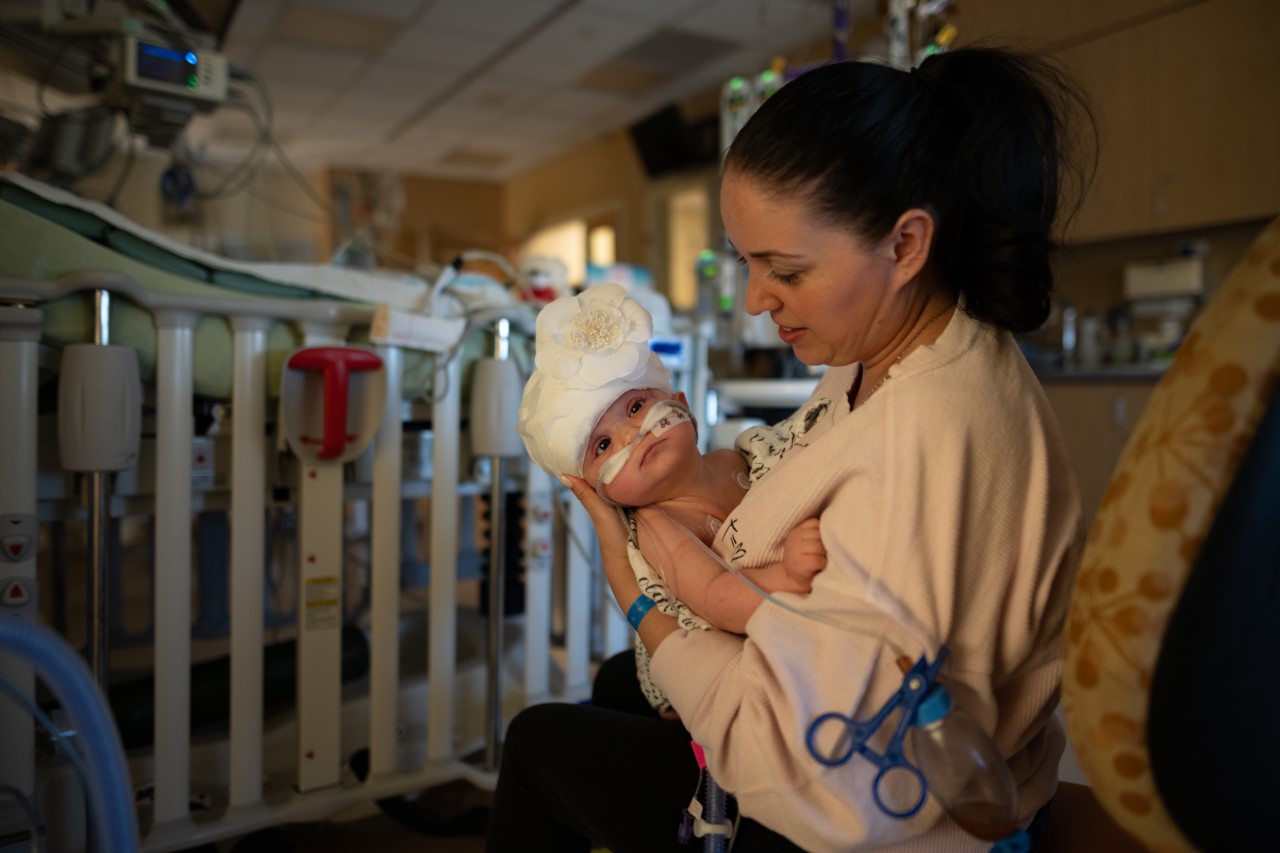
It wasn’t until Abigail and Micaela were 9-months-old that doctors at UC Davis felt they needed to bring the babies back and separate their heads.
“As they get older, there are more risks of shared blood vessels and organs becoming larger or more entwined. The upcoming flu, COVID-19 and RSV season was also a concern,” Dr. Granger Wong, the lead plastic surgeon, explained of the urgency in the press release.
“It’s a very, very rare anomaly,” Dr. Edwards added to KCRA. “There are very few children born in any one year worldwide that have this anomaly, and of those, there’s only a much smaller subset that the anatomy is fortuitous enough to be able to attempt a separation — and hopefully come out with two healthy babies.”
Again, medical teams spent months preparing for the procedure — this time, by printing 3D models of the twins’ fused skulls to practice on and using mixed reality goggles to look inside the girls’ skulls ahead of time and determine which blood vessels needed detangling and separation, according to the hospital.
Dr. Wong’s team also placed “custom-designed tissue expanders underneath the skin of the girls’ heads” in June, in hopes that it would encourage more skin to grow and help cover the exposed area of their skulls after the surgery, the press release stated.
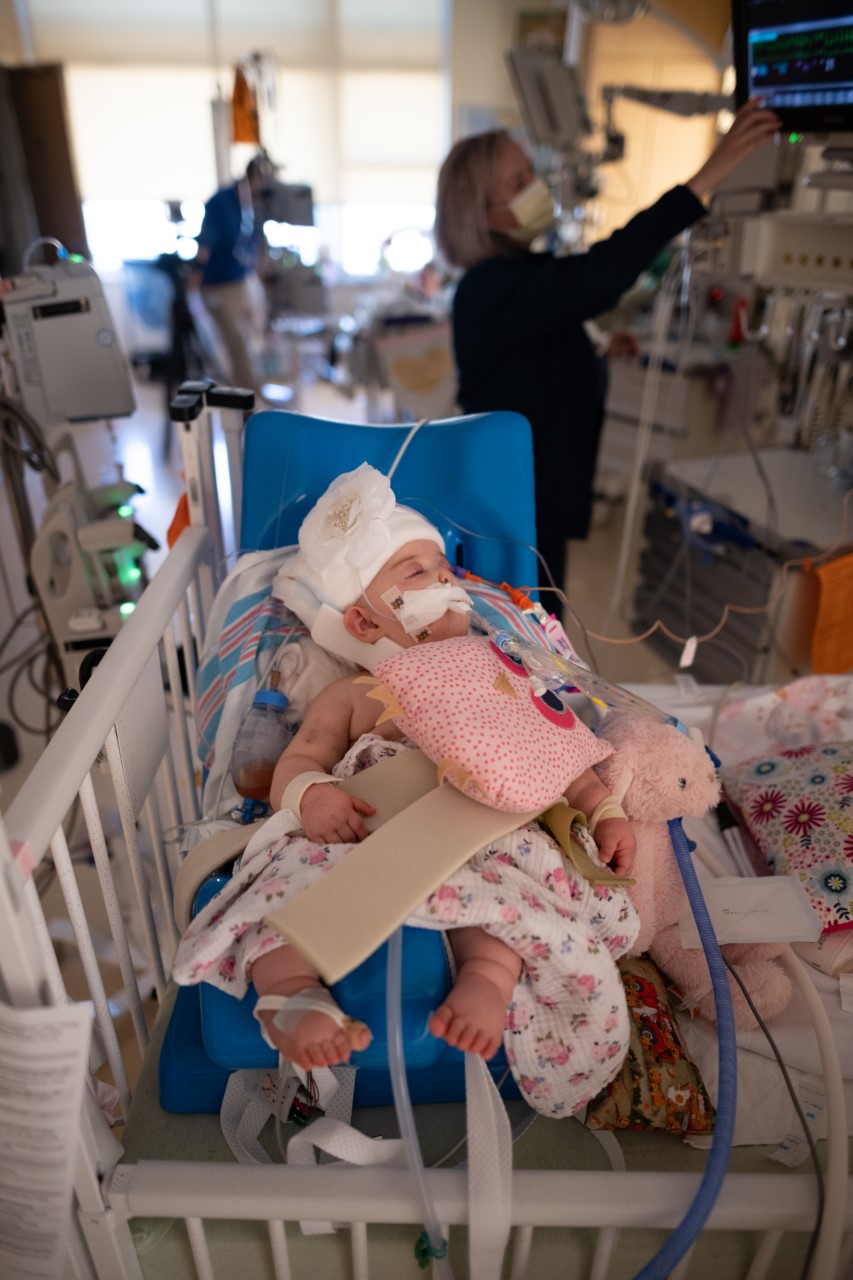
When late October finally rolled around, the medical team — comprised of more than 30 surgeons, nurses, anesthesiologists and other key surgical staff — were ready to go.
Led by Edwards, Wong, director of pediatric anesthesiology Rajvinder Dhamrait and Children’s Surgery Center nursing lead Aida Benitez, the twins’ surgery went off without a hitch, thanks to the large group who wore different colors to designate roles, according to the hospital.
The extensive procedure included separating the twins’ connected veins and brain matter, removing their tissue expanders and reconstructing their skulls/scalps, changing their positions on the surgical table five times and providing blood transfusions, UC Davis said.
“It was like a choreographed ballet,” Wong recalled in the press release, with Dhamrait adding, “It was flawless, with all contingencies covered.”
At 3:28 a.m. on Sunday, Abigail and Micaela were officially separated, according to the hospital.
“After 10 months of preparation, we were witnessing what we had all envisioned for the girls and we were overcome with emotion and joy,” Benitez said in the press release. “I will never see 3:28 on a clock again and not think of the moment that Abi and Mica became two separate babies.”

Added Edwards: “We are honored to have helped with their birth, cared for them since, and to now give them the chance to live independent and separate lives.”
As the girls continue to recover, Miroshnik is praising UC Davis Children’s Hospital while also leaning into her faith that her daughters will soon lead a happy, healthy life.


“We have felt so much support from staff,” she said in the press release. “We have received so much help, so much advice. It has made us feel at home here.”
“It’s very new,” the mom of five told KCRA. “No one knows how it’s going to end. Because it is very unique, and it all depends [on] how they will go, what their bodies will go through. I have a feeling everything will be okay. It’s all in God’s hands… That’s what I believe.”
Source: people



